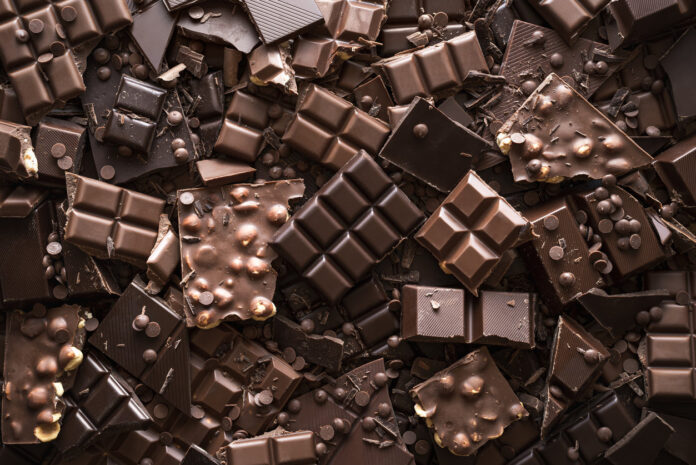Discovered more than 3000 years ago, the “cacao” fruit tree is native to the tropical forests of the Americas. Exported to Europe by Hernan Cortés (Spanish colonist), the culture of chocolate began in France, initially in the form of a drink.
Today, chocolate is consumed in dozens of different ways: cookies, truffles, chocolate bars, drinks, tablets, etc. by almost all French people, who taste an average of 13.2 kg per year/household.
Unlike other food products, chocolates are experiencing a lower price increase thanks to manufacturers who want chocolate products to always remain accessible to everyone, inflation is somewhat under control.
Indeed, they put in place certain measures and restrictions in order to sell the products cheaper. For example by reworking and reducing their packaging.
Chocolates are therefore experiencing an increase of only 5 to 10% (depending on the different brands and place of purchase), compared to other foodstuffs which are subject to inflation reaching 15.8% in March over 1 year.
For a package to be extra, the cocoa content must be higher than the current compositions. The product must therefore display at least 43% total cocoa solids, including at least 26% cocoa butter for extra dark chocolate.
It is therefore more interesting to consume an “extra” bar because there will be more chocolate.















